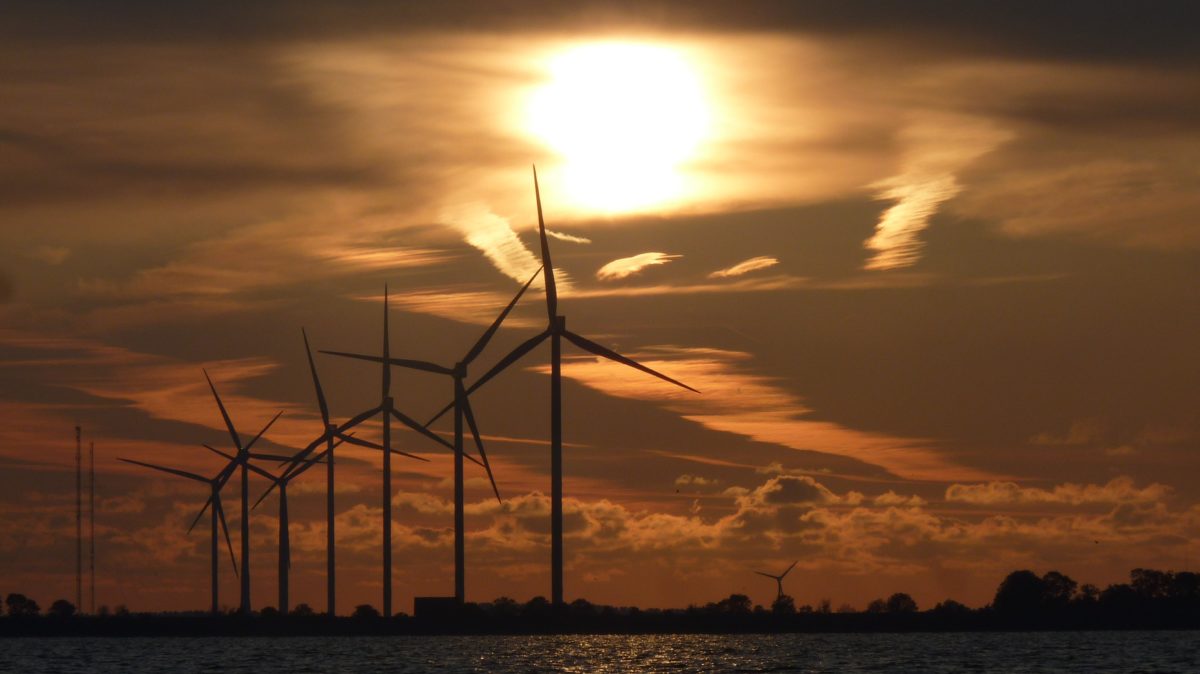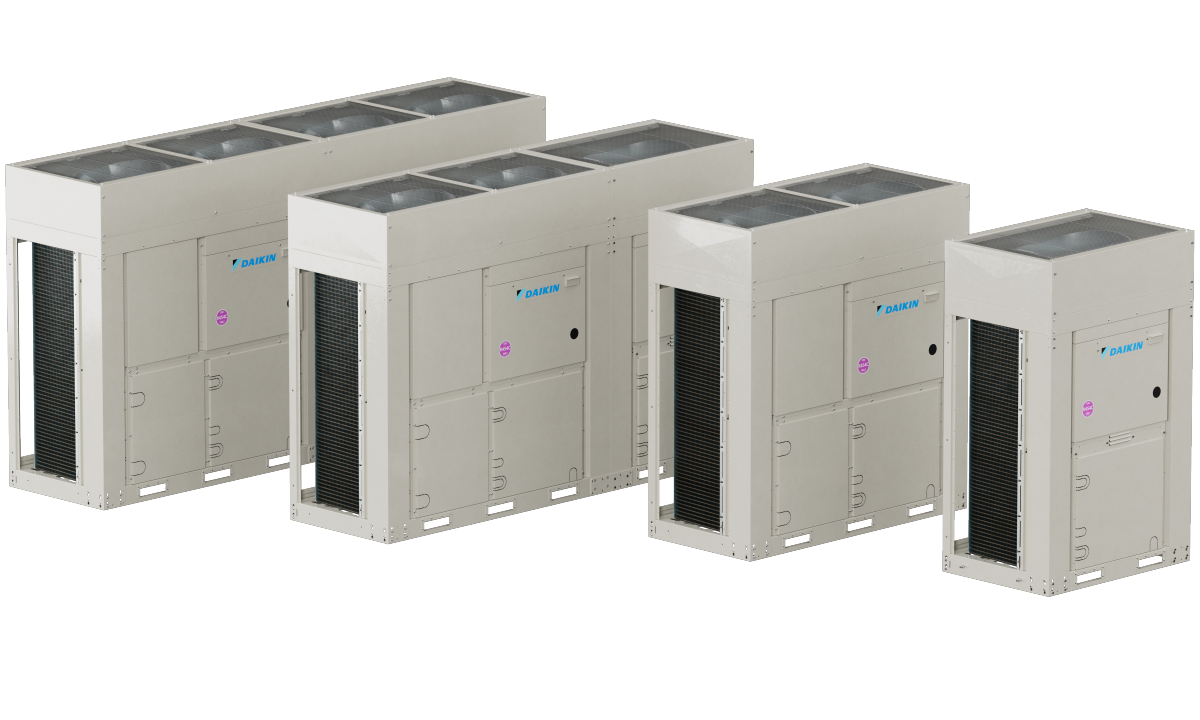The energy ministers of Greece, Cyprus and Israel signed this week a Memorandum of Understanding (MoU) aiming to boost the implementation of an underground electricity cable that would link the counties’ power grids.
“The ministers agreed to boost cooperation, examining the design and potential development of the EuroAsia Interconnector project,” the Cypriot ministry of energy, commerce and industry said in a statement following the signing of the agreement, which took place on March 8 in the Cypriot capital of Nicosia.
The MoU aims to facilitate cooperation between the energy regulatory authorities of the three countries and the speedy licensing of the project, the Cypriot ministry added.
In a separate statement, the Greek, Cypriot and Israeli energy ministers highlighted that an electricity interconnection between the three countries would boost their contributions towards the Paris Agreement via further renewable energy development.
The project
The interconnector would carry between 1,000 to 2,000 MW of power capacity and is expected to be completed by 2024, with operations starting in 2025.
Israel’s energy ministry said “the underwater cable will be laid in the Mediterranean Sea for about 1,500 km and at a maximum depth of about 2,700 meters,” making it “the world’s longest underwater power cable.”
Specifically, the power cable will be laid over three sections: About 310 km between Israel and Cyprus, about 900 km between Cyprus and Crete, and about 310 additional kilometres between Crete and mainland Greece.
In 2015, the EuroAsia Interconnector was listed as one of the European Union’s Projects of Common Interest (PCIs) selected by the European Commission to step up the bloc's internal energy market.
PCI projects receive EU funds to cover expenses for preliminary studies (e.g. regulatory and environmental studies) and become strong candidate projects for further EU financing, should project stakeholders decide to implement it.
Why it matters for solar
All three energy ministries argue that the Interconnector will boost their renewable energy plans.
Israel’s ministry specifically said the project will “support our ability to significantly increase reliance on solar power generation, and help us meet the government's 2030 solar energy targets.”
Israel is an energy island, meaning it doesn’t currently share any electricity interconnection with any neighboring country.
Last year the Israeli government introduced the goal of generating 30% of its electricity needs via renewables by 2030. Solar PV is expected to contribute most of it, corresponding to 26% of Israel’s renewable electricity in 2030, the government said.
In terms of PV capacity, this means Israel will need to install about 12 GW to 15 GW of new photovoltaic capacity by 2030. This is impossible given today’s electricity grid, which is largely congested. Therefore, Israel is currently aiming to develop a comprehensive energy storage regulatory framework and has also embarked on a series of solar PV-plus-storage tenders. The EuroAsia Interconnetor is an additional solution providing flexibility.
Last but not least, Israel’s parliament legislated an Electricity Market Reform in 2018, terminating the monopolistic nature of the electricity market. Independent private producers currently make up around 40% of Israel’s fossil fuel market, meaning the EuroAsia Interconnector will make for a more dynamic market and allow for more transactions.
Greece does not differ a lot from Israel. It is not an energy island since it shares electricity interconnections with neighboring countries, but these are limited and Greece needs desperately to expand its transnational grid infrastructure.
There are two reasons for this: Firstly, Greece implemented a new electricity market structure in November 2020, adopting the EU’s so-called target model. However, interconnections are a key part of the new electricity design, allowing for transnational and dynamic bidding strategies that lower electricity prices. Greece’s wholesale electricity prices after the implementation of the new market design were higher than expected and one reason might be the lack of greater interconnections.
A second reason is Greece’s recent energy policy shift to phase out coal by 2028 at the latest. According to Greece’s national energy plan, renewable energy systems are set to account for a staggering 61% of Greece’s electricity consumption by 2030. This translates to at least a further 5 GW of new photovoltaic installations by 2030. Greece is also preparing a comprehensive energy storage framework, but it has also embarked on building new interconnections.
Cyprus is the absolute laggard of the three countries. The country has not yet incorporated the EU’s target model design in its electricity market, which remains largely a monopoly. The Electricity Authority of Cyprus (EAC) holds a near monopoly on electricity generation, generating electricity via natural gas and diesel plants. Today, Cyprus generates only about 10% of its electricity via renewables energy sources, which is the only non-EAC owned electricity generation investment.
Even worse are Cyprus’ targets. The country aims to cover at least 20% of its total energy needs via renewables by 2030. This target is not in line with the island’s natural resources.
Cyprus’ exceptional solar irradiation means the country could at least replace dirty diesel with a combination of solar-plus-energy-storage systems. However, the country does not have a phase-out plan for dirty diesel and is not taking steps to develop a regulatory framework for energy storage.
Nevertheless, the EuroAsian Interconnector is great news for Cyprus, which remains the EU’s last member-state not sharing an electricity link to any other country. Both in terms of its geography and energy system, Cyprus is an energy island. The subsea power link will provide further arguments in favour of renewable power development in the island, but the Cypriot policy-making system appears interested only in fossil fuels.
This content is protected by copyright and may not be reused. If you want to cooperate with us and would like to reuse some of our content, please contact: editors@pv-magazine.com.



In a world without politics, you would not do it this way. Start with a submarine cable from Cyrus to Turkey; let Israel buy pumped storage in the mountains of Lebanon. That’s not the world we live in, so I suppose we should welcome even high-cost energy security boondoggles. The project could perhaps be made less extravagant by dding a cable from Crete to Tobruk in eastern Libya, only 360 km , opening access to the limitless solar potential of the North African desert. Crete can presumably offer pumped storage, maybe with seawater, in return. But that assumes a normal government in Libya, not civil war.
Dear James,
In an ideal world, Cyprus wouldn’t have been illegally occupied by Turkey too. Alas…